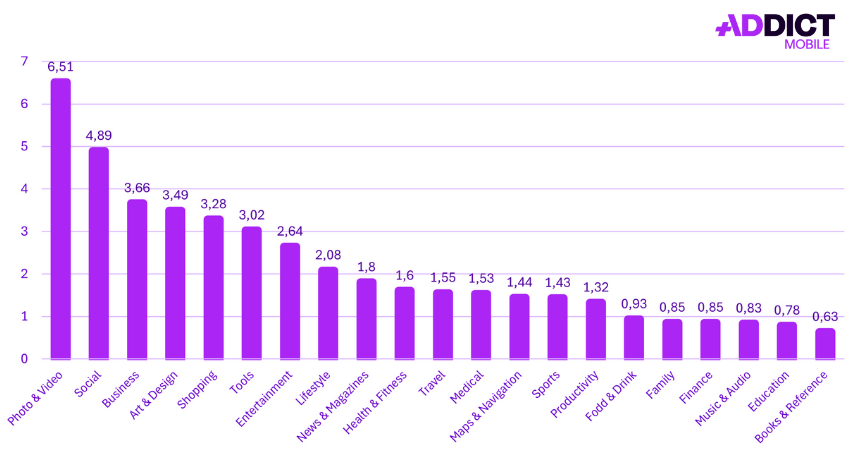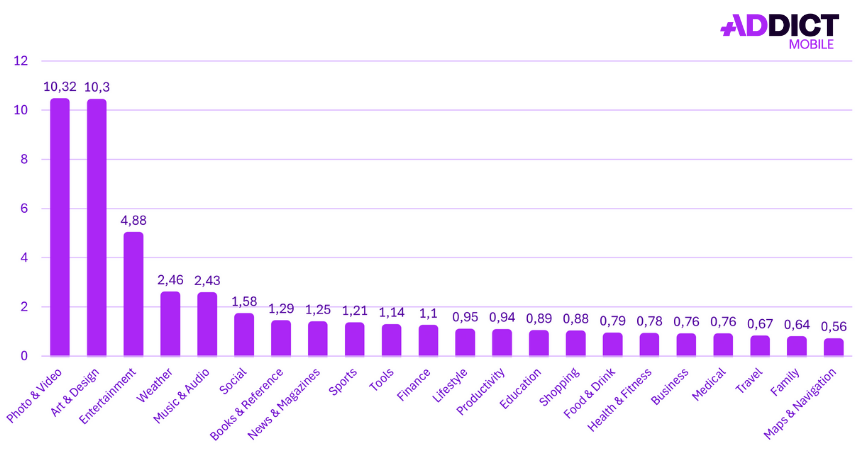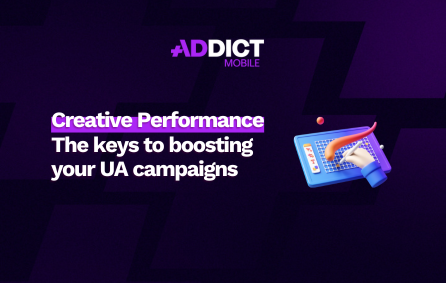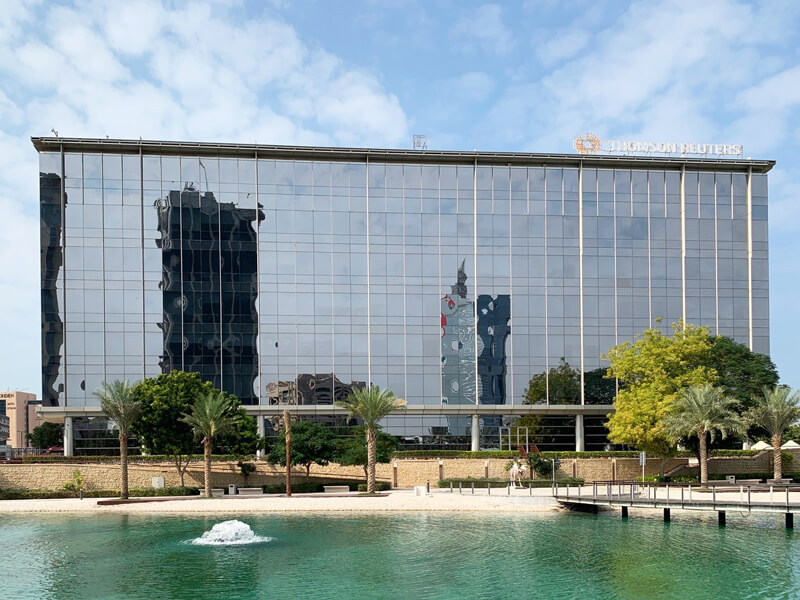Click-Through Rate (CTR): definition, benchmarks, and optimization levers
Introduction
Click-Through Rate (CTR) is one of the first metrics analyzed in mobile user acquisition. It shows how well an ad captures attention and drives immediate engagement.
While it seems simple at first glance, CTR is actually a strategic indicator. It reveals how effective a creative is, how well the message fits the target audience, whether the format is appropriate, and whether there are signs of ad fatigue. In short, it’s a quick way to assess campaign performance and guide optimizations.
But how is CTR calculated? What’s considered a good CTR in mobile acquisition? And above all, how can you improve it? This glossary breaks down everything you need to know to make the most of this essential KPI.
What is Click-through Rate?
CTR (Click-Through Rate) refers to the percentage of users who clicked on an ad out of all those who saw it. In mobile UA, it’s the ratio between the number of clicks on an ad (display, video, native, etc.) and the total number of impressions it generated.
The higher the CTR, the more effectively the ad is capturing interest from the audience it reaches.
How is CTR calculated?
The formula is simple:
Click-Through Rate = (Number of clicks ÷ Number of impressions) x 100

Example
A campaign generates 2,000 clicks from 100,000 impressions.
CTR = (2 000 / 100 000) x 100 = 2 %
This means 2% of users who saw the ad clicked on it.
Worth noting:
- CTR doesn’t reflect conversions or traffic quality.
- It can be analyzed at multiple levels: platform, format, creative, audience segment, etc.
Benchmarks: what’s a good CTR?
Click-through rate varies significantly depending on several factors:
- The ad platform (Meta, TikTok, Google Ads, etc.)
- The ad format (video, carousel, static…)
- The app vertical (gaming, e-commerce, dating, etc.)
- The target market
Mobile CTR Benchmark by OS (2024)
Mobile CTR Benchmark by Vertical (2024)
Average CTR by vertical (non-gaming) – Android

Average CTR by vertical (non-gaming) – iOS

Key takeaway:
- A “good” CTR depends on context: campaign objective, format used, funnel stage.
- It should always be interpreted alongside other KPIs like conversion rate or ROAS.
Why is CTR essential in mobile UA?
Click-through rate is often the starting point for analyzing campaign performance. It plays a key role in understanding what works and where to optimize.
1. It reflects creative performance
An eye-catching visual, a message that resonates, and a clear value proposition, CTR tells you if your creative grabs attention and generates interest. It’s one of the first signals that a visual is doing its job.
2. It highlights targeting accuracy
If the creative is strong but CTR is low, the issue may be targeting. A mismatch between the message and the audience often results in poor engagement.
3. It helps detect ad fatigue
A gradual drop in CTR over time is often a sign that users have seen the same ad too many times. It’s a useful metric to know when it’s time to refresh creatives.
4. It helps prioritize channels
By comparing CTR across platforms, you can allocate budget more efficiently. A channel with high CTR (and solid conversion rates) is typically more scalable.
How does CTR compare to other KPIs?
CTR is a valuable metric, but it must be interpreted in context. Here’s how it stacks up against other KPIs:
CTR vs Conversion Rate
CTR shows interest, conversion rate shows action. A high click-through rate can still result in poor performance if the post-click experience (app store, landing page, app onboarding) doesn’t deliver.
Example: A 2% CTR with only 5% of users installing the app suggests an issue with the user journey after the ad.
CTR vs CPA (Cost Per Action)
More clicks often mean more opportunities to convert, which can help lower your CPA, but only if the traffic is qualified. High CTR from unqualified users still leads to high acquisition costs. It’s not the number of clicks that matters but the quality of those clicks.
CTR vs ROAS (Return on Ad Spend)
CTR can positively impact ROAS, but only if clicks turn into paying users. High CTR is only valuable when it drives measurable business outcomes.
How to improve your CTR?
1. Focus on impactful creatives
This is often the most powerful lever. A well-crafted visual will naturally increase your click-through rate.
- Use immersive formats (short videos, UGC, carousels): these formats are more engaging than static ones and capture attention more easily.
- Keep the message clear, the visual clean, and the CTA visible: on mobile, everything needs to be readable in one glance. The user should instantly understand what the ad is about and feel compelled to click.
- Match the tone to your audience (inspirational, fun, exclusive): choosing the right tone helps build a stronger emotional connection with your target.
Refresh your creatives regularly to avoid ad fatigue and keep engagement high.
2. Test continuously (A/B testing)
CTR is an excellent signal to quickly identify what works best.
- Test visuals, headlines, and formats: performance can vary greatly depending on the creative and platform.
- Test CTA wording: changing a verb or tone can significantly boost click performance.
- Test targeting variations: the same ad can perform very differently depending on the audience segment.
Favorisez les tests simples à fort impact et analysez à froid pour éviter les biais.

Discover how to boost your campaigns with Creative Performance
3. Precisely segment your audiences
Click-through rate depends just as much on the message as on who it’s shown to. Broad targeting can dilute performance.
- Lookalike audiences help scale reach while maintaining user quality.
- Geographic or behavioral segmentation: specific regions or usage habits often lead to better CTRs. Identifying and leveraging these segments can make a real difference.
- Retarget users who engaged but didn’t convert: these profiles have already shown interest and are more likely to click again with the right message.
4. Ensure post-click consistency
A high click-through rate only matters if the user experience afterward meets expectations.
- Maintain visual and messaging consistency: the ad and landing page should speak the same language visually and semantically.
- Stick to your promises: vague or misleading ads may drive clicks but hurt conversions and brand trust.
- Optimize your app store listing if redirecting to an app: icon, screenshots, and copy should reflect the ad’s promise and continue the story. A challenge directly linked to ASO best practices, discover Addict Mobile’s advice.
5. Adapt delivery times
Timing can strongly influence how a message is received.
- Lunch breaks, evenings, weekends: these are often moments when users are more available and responsive.
- Identify CTR performance peaks by time of day to adjust delivery schedules and improve efficiency without changing creatives.
6. Leverage interactive formats
Interaction naturally drives clicks by increasing user engagement.
- Clickable videos, polls, quizzes, mini-games: all of these prompt immediate actions and can boost click-through rate.
- Swipeable stories or native formats: these are better integrated into mobile usage and feel less disruptive.
- Personalization or storytelling: a more human, narrative-driven approach grabs attention more effectively than generic messaging.

Do not hesitate to contact with our teams
Addict can support you to improve your performance.
Conclusion
Click-through rate is more than just a percentage, it’s a real-time indicator of how well your ads are resonating with users. It shows whether your creative is driving interest and if your audience wants to engage.
But on its own, CTR isn’t enough. It needs to be assessed alongside other KPIs like CPI, conversion rate, and ROAS. A high CTR without conversion adds no business value.
To truly impact performance, focus on the full picture: strong creatives, precise targeting, consistent post-click experience, and continuous testing. That’s what makes CTR a powerful lever for growth in mobile user acquisition.



